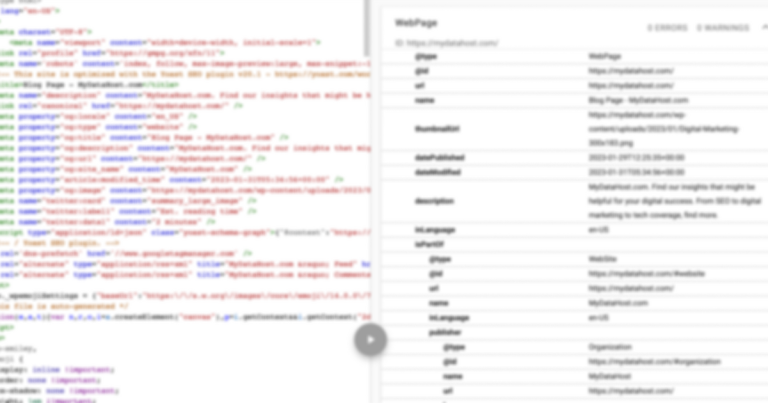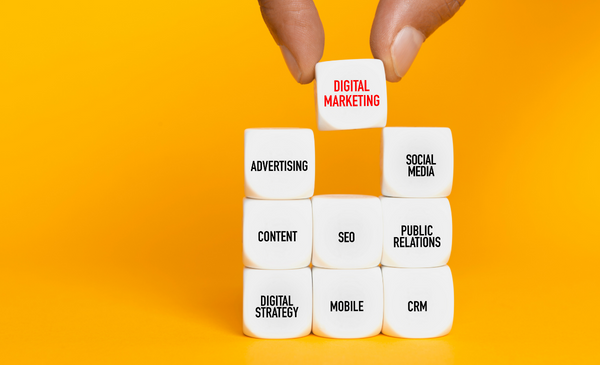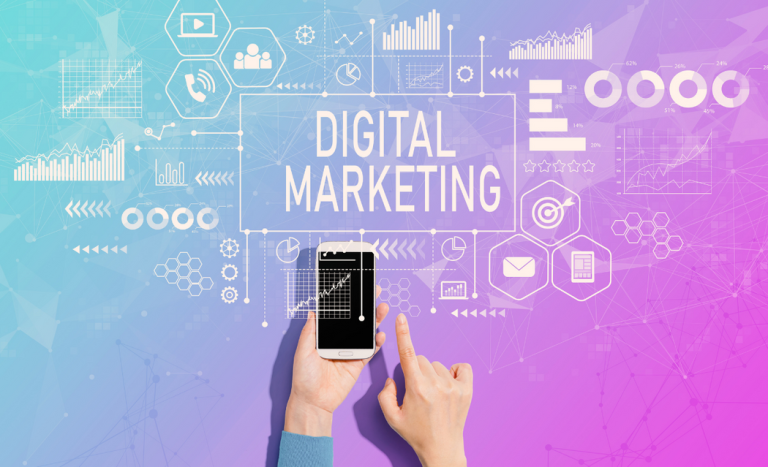Marketing campaigns are most effective when they target specific audience segments. By understanding your target audience, you can create relevant and compelling content that resonates with them. This is true for all forms of marketing, including digital marketing.
- Understanding Your Current Customer Base
- Identifying Your Ideal Customer
- Creating Customer Personas
- Using Demographic Data
- Utilizing Buyer Psychographics
- Testing and Refining Your Target Audience
- Using Social Media to Connect with Your Target Audience
- The Role of Mobile in Targeting Your Audience
- Building Relationships with Your Target Audience
- Conclusion
Understanding Your Current Customer Base
The first step in defining your target audience is to understand your current customer base. Analyze customer data such as demographic information, purchase history, and website behavior to gain insight into your audience’s preferences and habits. This information can be obtained through customer surveys, website analytics, and sales data.
Identifying Your Ideal Customer
Once you have a good understanding of your current customer base, you can then start to identify your ideal customer. Consider factors such as age, income, location, interests, and pain points. Your ideal customer should be someone who is likely to be interested in your product or service and is in a position to make a purchase.
Creating Customer Personas
Customer personas are fictional representations of your ideal customers. They can help you to better understand your target audience and create more relevant content. To create customer personas, consider factors such as demographics, behavior patterns, goals, and motivations. Use this information to create a detailed profile of your ideal customer.
Using Demographic Data
Demographic data can be useful in defining your target audience. Consider factors such as age, gender, education, income, and location. You can use tools such as Google Analytics to obtain this information.
Utilizing Buyer Psychographics
In addition to demographic data, you should also consider psychographic data, which includes factors such as values, interests, and lifestyle. This information can help you to better understand your target audience and create more relevant content.
Testing and Refining Your Target Audience
Once you have defined your target audience, it’s important to continually test and refine your understanding of them. Monitor your marketing campaigns and track the results to see what’s working and what’s not. This information can help you to make adjustments to your target audience definition and improve the effectiveness of your marketing efforts.
Utilizing Marketing Automation Tools
Marketing automation tools can help you to effectively reach and engage with your target audience. These tools allow you to personalize and automate your marketing campaigns, making it easier to reach the right people with the right message at the right time. Some popular marketing automation tools include Mailchimp, Pardot, and Marketo.
Re-evaluating Your Target Audience
It’s important to regularly re-evaluate your target audience to ensure that your marketing efforts are still effective and relevant. As your business grows and changes, so too may your target audience. Keeping a close eye on changes in the market and in your customer base can help you to make necessary adjustments to your target audience definition.
Using Social Media to Connect with Your Target Audience
Social media is a powerful tool for connecting with your target audience. Platforms such as Facebook, Twitter, and Instagram allow you to reach a large audience with minimal effort. To effectively use social media for your digital marketing efforts, it’s important to understand the demographics and behavior patterns of your target audience on each platform.
Data Privacy and Protection
When defining your target audience, it’s important to keep data privacy and protection in mind. Make sure to only collect and use data that is necessary for your marketing efforts, and be transparent with your audience about how their data is being used. It’s also important to comply with relevant data protection laws, such as the General Data Protection Regulation (GDPR) in the European Union.
The Importance of Authenticity and Relevance
When connecting with your target audience through digital marketing, it’s important to maintain authenticity and relevance. Your content should reflect the values, interests, and needs of your target audience, and be tailored to their unique experiences and perspectives. Avoid using generic messaging or marketing tactics that don’t resonate with your target audience, as this can decrease the effectiveness of your marketing efforts.
The Role of Mobile in Targeting Your Audience
In today’s digital age, it’s important to consider the role of mobile devices in targeting your audience. Many people now use their smartphones and tablets as their primary means of accessing the internet, so it’s important to ensure that your digital marketing efforts are optimized for mobile devices. This includes having a responsive website design, using mobile-friendly email templates, and using social media platforms that are mobile-optimized.
Building Relationships with Your Target Audience
Digital marketing is not just about selling products or services – it’s also about building relationships with your target audience. By creating compelling and relevant content, you can establish trust and credibility with your audience, which can lead to increased engagement and conversions. Consider incorporating customer feedback, reviews, and testimonials into your marketing efforts to further build relationships with your target audience.
Conclusion
Defining your target audience is a crucial step in digital marketing success. By understanding your ideal customer, utilizing demographic and psychographic data, and utilizing marketing automation tools, you can reach and engage with your target audience in a relevant and effective manner. Maintain authenticity and relevance in your marketing efforts, build relationships with your target audience, and consider the role of mobile devices to achieve success with your digital marketing campaigns.










